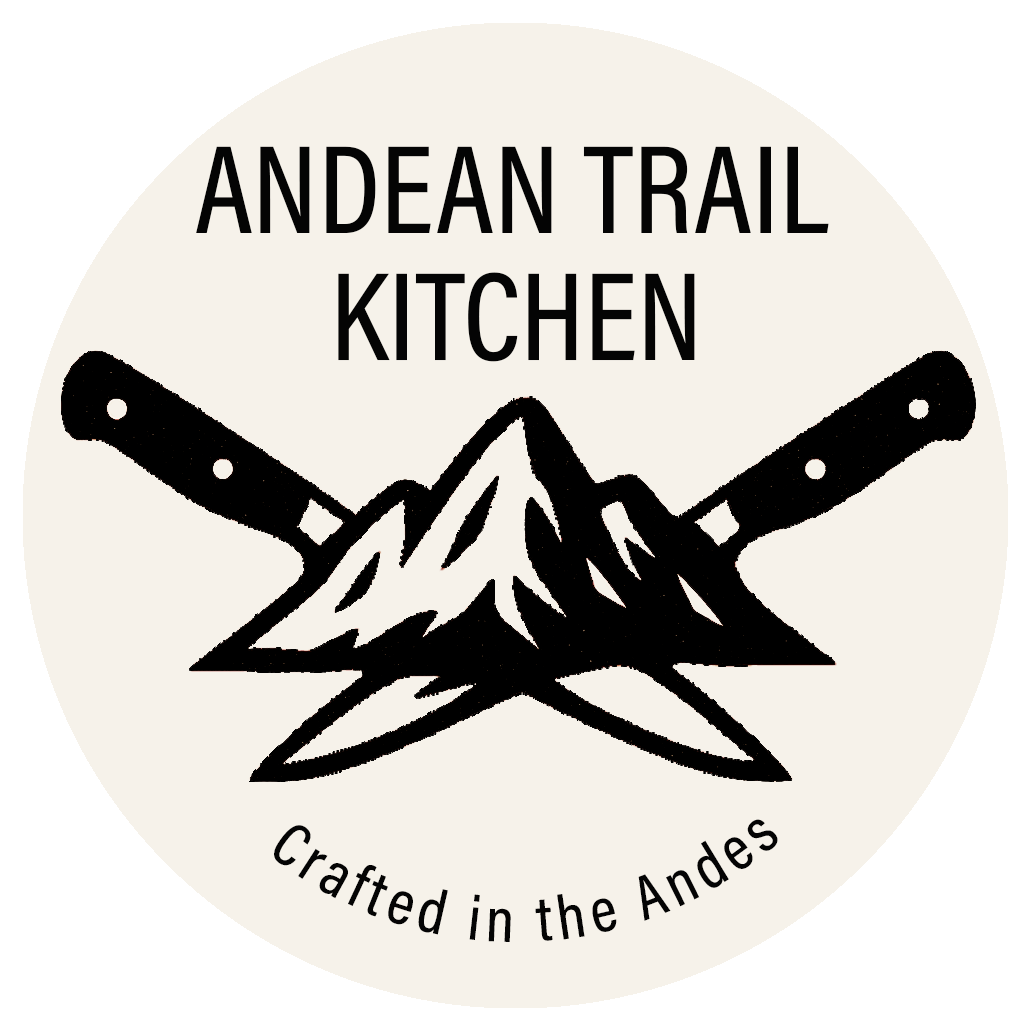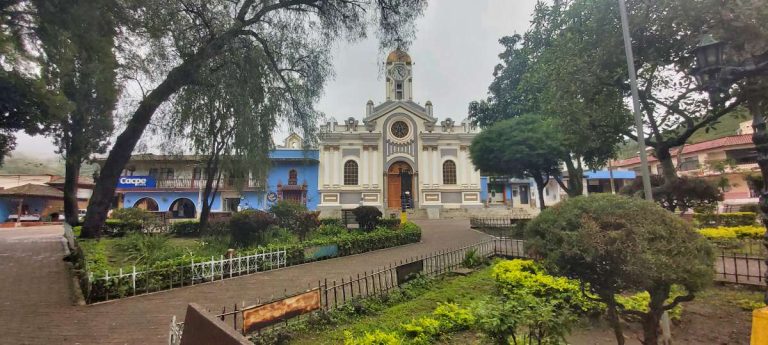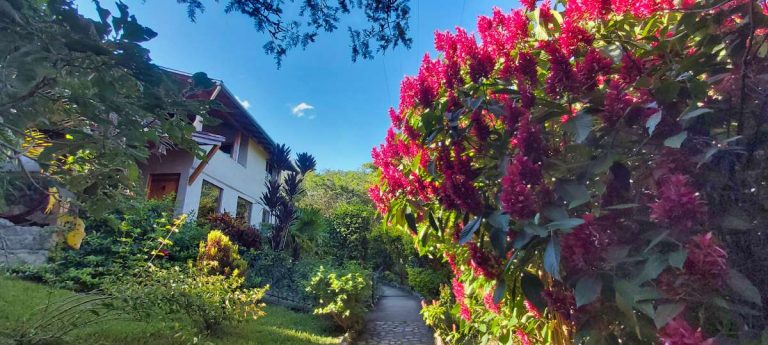Vilcabamba Ecuador – A Journey Through Time in the Valley of Longevity
Nestled in the lush Andean highlands of southern Ecuador, the small town of Vilcabamba Ecuador has drawn international attention for decades. Known globally as the “Valley of Longevity,” this picturesque locale in Loja province has been the subject of scientific curiosity, media fascination, and a magnet for expatriates seeking health, simplicity, and an alternative lifestyle.
But how much of Vilcabamba Ecuador’s allure is rooted in fact—and how much in myth? This exploration uncovers Vilcabamba’s transformation from a quiet agricultural community to a global phenomenon, revealing truths and untangling legends along the way.
With a backdrop of towering green mountains and the iconic silhouette of Mandango, the “Sleeping Inca,” Vilcabamba Ecuador exudes a mystical charm that has captivated visitors for generations. Stories of miraculous lifespans, spiritual energy, and pristine air have long circulated through wellness retreats, documentaries, and word-of-mouth legends. Yet, beneath these stories lies a rich cultural heritage, shaped by generations of Andean families and deeply tied to the rhythms of the earth.
Table of Contents
- Vilcabamba Ecuador Before the 1960s
- The 1960s: Discovery of Vilcabamba as the “Valley of Longevity”
- The 1970s: Vilcabamba Ecuador in the International Spotlight
- The 1980s: Scientific Scrutiny of Vilcabamba’s Longevity Claims
- The 1990s: Vilcabamba’s Transition and Growth
- 2000-2010: Vilcabamba Ecuador as an Expat Haven
- 2010-Present: Transformation and Challenges in Vilcabamba
- Vilcabamba Ecuador in the Global Consciousness
- Visiting Vilcabamba Ecuador Today
- Frequently Asked Questions About Vilcabamba Ecuador
- Conclusion
Vilcabamba Ecuador Before the 1960s
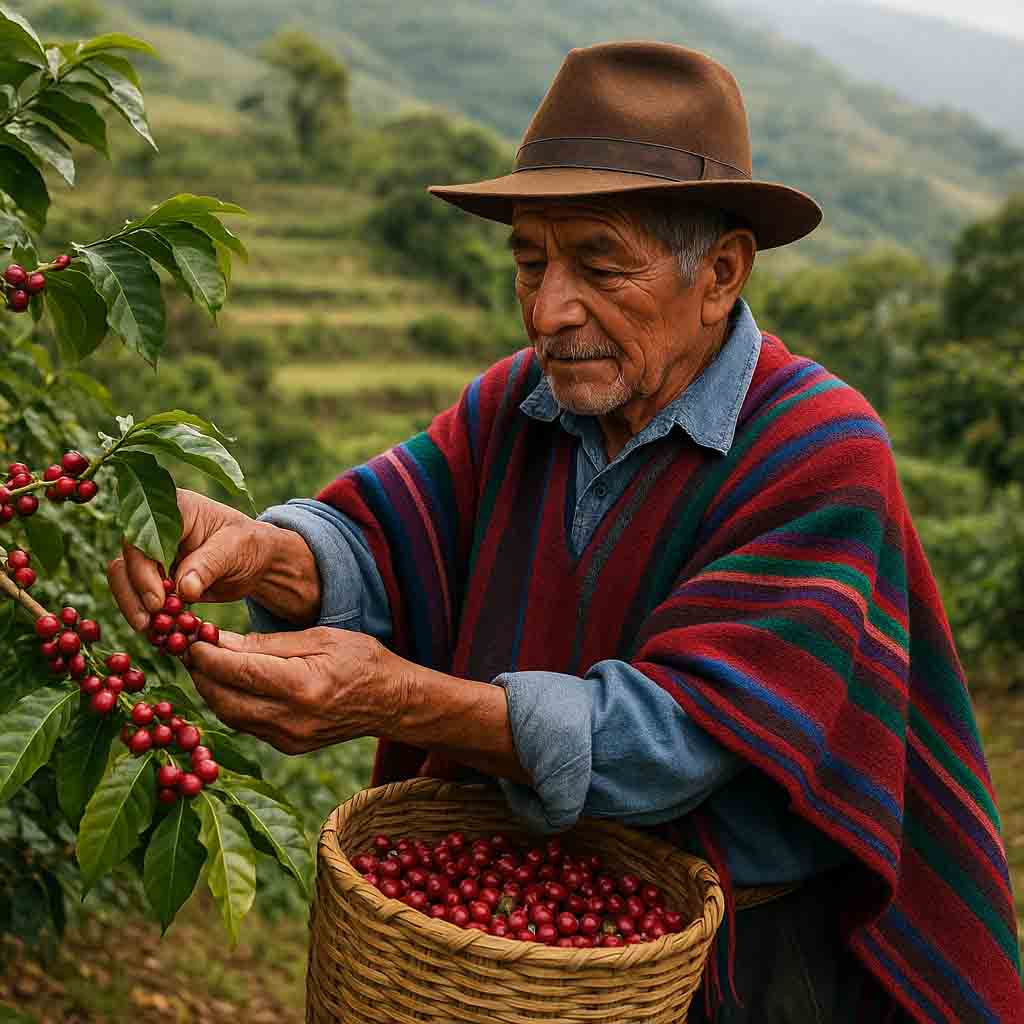
Before its global reputation took hold, Vilcabamba Ecuador was a remote agricultural village where time moved slowly, and community ties ran deep. The town’s name originates from the Quichua words huilco (a sacred tree) and pamba (valley), illustrating a worldview that reveres nature as sacred.
Oral traditions passed down through generations spoke of ancient Incan ties, with many elders referring to the valley as the “Playground of the Inca,” suggesting its use as a royal retreat.
Geography and Climate of Vilcabamba Ecuador
Geographically, Vilcabamba Ecuador sits in a lush valley surrounded by the majestic Andes mountains, creating a natural amphitheater of striking beauty. The Rio Yambala and Rio Chamba rivers converge here, providing abundant fresh water and contributing to the region’s exceptional fertility.
The microclimate is remarkably temperate—never too hot nor too cold—with temperatures typically ranging from 65°F to 82°F (18°C to 28°C) year-round. This “eternal spring” climate, combined with mineral-rich soil and clean mountain air, creates an environment where both people and plants flourish.
Cultural Heritage of Early Vilcabamba
Towering above the valley is Mandango, the Sleeping Inca. Local folklore describes Mandango as a fallen Inca warrior who protects the valley from earthquakes and invaders. Some believe Mandango emits spiritual energy, a belief reinforced by stories of altered states experienced while meditating on its slopes.
The mountain’s distinctive profile indeed resembles a reclining human figure when viewed from certain angles, and many locals maintain that the mountain has protected them from natural disasters throughout history.
Traditional Agricultural Practices
In these early years, Vilcabamba Ecuador’s dirt streets and crumbling adobe buildings reflected its humble origins. The village economy centered on subsistence farming, with locals cultivating coffee, sugarcane, cocoa, corn, bananas, avocados, guavas, and beans.
Farming relied on ancestral techniques, similar to those described in our guide to traditional Andean farming methods. Food preparation preserved traditional Andean methods—cooking in clay pots, sun-drying produce, and fermenting drinks like chicha.
Traditional Diet and Nutrition
The traditional diet in Vilcabamba Ecuador consisted largely of fresh fruits, vegetables, and grains, with occasional chicken or fish, but very little red meat. This nutritional approach mirrors what modern nutritionists now recommend for longevity-focused diets.
Meals were prepared from scratch each day, using ingredients harvested often just hours before consumption. Staples included quinoa, corn, beans, yuca, and a variety of tropical fruits.
Herbal teas made from local plants like horsetail (cola de caballo), lemon verbena, and chamomile were consumed daily, both for enjoyment and for their medicinal properties. This balanced, plant-rich diet would later be cited as one possible factor in the reported longevity of residents.
The fertile soil and favorable climate made agriculture relatively easy, with locals often saying, “All you have to do is throw the seeds on the ground, and they will grow!”
Families built homes from adobe, gathered for festivals following the lunar calendar, and lived in tune with the land. The rhythm of life was dictated by natural cycles, with strong communal values rooted in cooperation and reciprocity (ayni).
The 1960s: Discovery of Vilcabamba as the “Valley of Longevity”
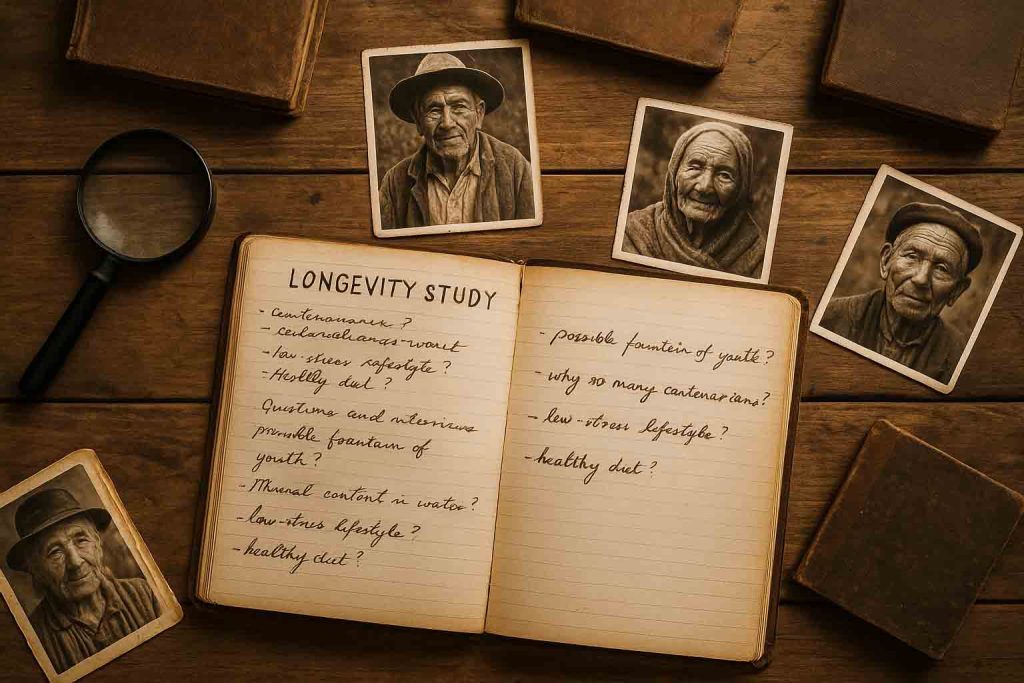
Vilcabamba Ecuador’s quiet existence changed dramatically in the 1960s when visitors began to report unusually high numbers of centenarians. Scientists and researchers took notice of these seemingly remarkable elderly residents, sparking the beginning of Vilcabamba’s transformation.
Journalists, explorers, and curious academics were drawn to these accounts, which portrayed Vilcabamba Ecuador as a place where aging seemed suspended and people routinely lived well beyond 100 years with minimal illness and clear minds.
Scientific Interest in Vilcabamba’s Longevity
Initial research pointed to several possible factors behind this apparent longevity phenomenon in Vilcabamba Ecuador:
- The mineral-rich mountain water
- An organic, largely plant-based diet
- Strong social bonds and community support systems
- Daily physical activity well into old age
- Altitude-adapted physiology (Vilcabamba sits at approximately 1,500 meters above sea level)
- Low-stress lifestyle and lack of modern pollutants
- A deeply spiritual relationship with nature
Researchers began to speculate about which of these factors might contribute most significantly to the apparent longevity of Vilcabamba Ecuador’s residents. As word spread, Vilcabamba began to attract attention from beyond the scientific community.
Emergence of the Shangri-La Myth
The scientific curiosity culminated in the town being labeled a modern-day “Shangri-La”—a reference to the fictional Himalayan utopia where people aged extremely slowly.
This comparison with the mythical Shangri-La would prove both a blessing and a curse for Vilcabamba Ecuador, bringing attention and tourism but also creating expectations that would be difficult to sustain under scientific scrutiny.
The 1970s: Vilcabamba Ecuador in the International Spotlight
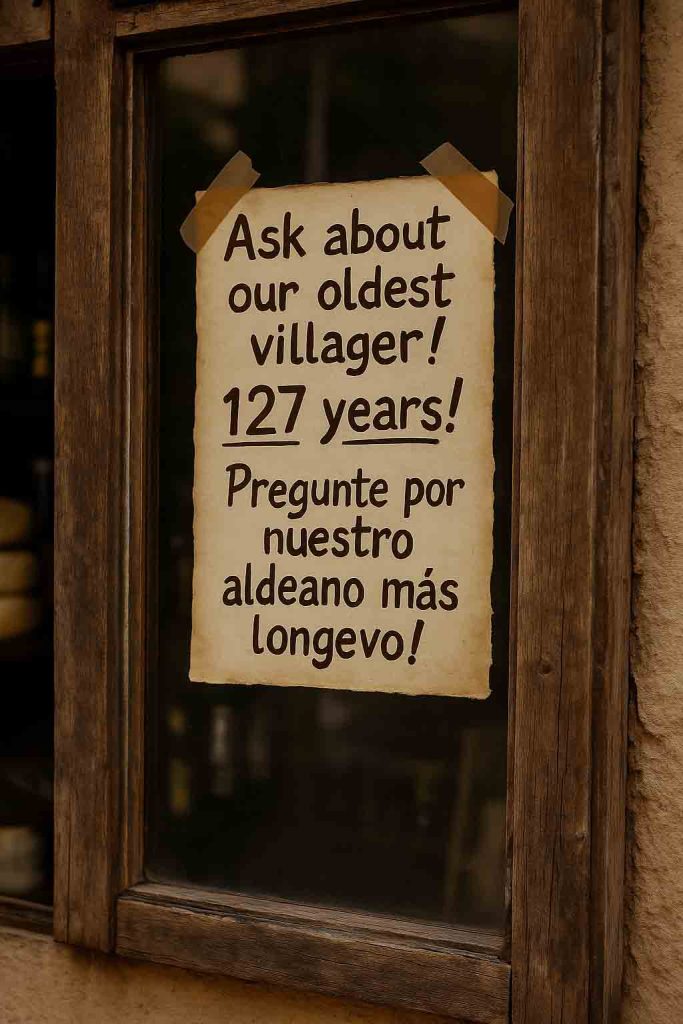
In 1973, Dr. Alexander Leaf, a physician and researcher from Harvard Medical School, published a pivotal article in National Geographic magazine that would change Vilcabamba Ecuador forever. The article compared Vilcabamba with two other communities known for long life—Georgia (USSR) and the Hunza Valley (Pakistan).
Leaf described Vilcabamba Ecuador as hosting “the most consistently disease-free and long-lived people on Earth.” This extraordinary claim captured the public imagination and catapulted Vilcabamba into the international spotlight.
Claims of Extreme Longevity
Residents claimed ages of 120 to 130 years old, passing down oral age records due to the lack of consistent civil documentation in earlier decades. The National Geographic article quickly drew waves of researchers, documentarians, and health enthusiasts to the valley.
According to a study published in the Journal of Gerontology, these age claims would later be examined more critically, but during the 1970s, they were widely accepted and reported.
Media Attention and Early Tourism
Following the publication, Vilcabamba Ecuador experienced an unprecedented influx of visitors. Scientists from various disciplines descended on the town, eager to uncover the secrets of longevity.
They studied everything from the locals’ diet and lifestyle to the mineral content of the water and soil. Media portrayals further romanticized the town, with documentaries labeling Vilcabamba Ecuador a “blue zone” before the term was formally coined.
This period marked the beginning of tourism in the area. Curious travelers, academics, and spiritual seekers began to arrive in increasing numbers. Small inns, local guides, and even yoga classes sprang up to meet the growing demand.
While many came seeking answers about longevity, some left disillusioned by the gap between myth and reality. Nonetheless, the mystique of extraordinary lifespans persisted, and tourism became woven into Vilcabamba Ecuador’s evolving identity.
Early Expatriate Interest
It was during this decade that the first expatriates began to take an interest in Vilcabamba Ecuador as a potential place to live. Drawn by the promise of a healthy lifestyle and the allure of a “modern-day Shangri-La,” these early settlers would be the vanguard of a much larger expatriate community in the decades to come.
The 1980s: Scientific Scrutiny of Vilcabamba’s Longevity Claims
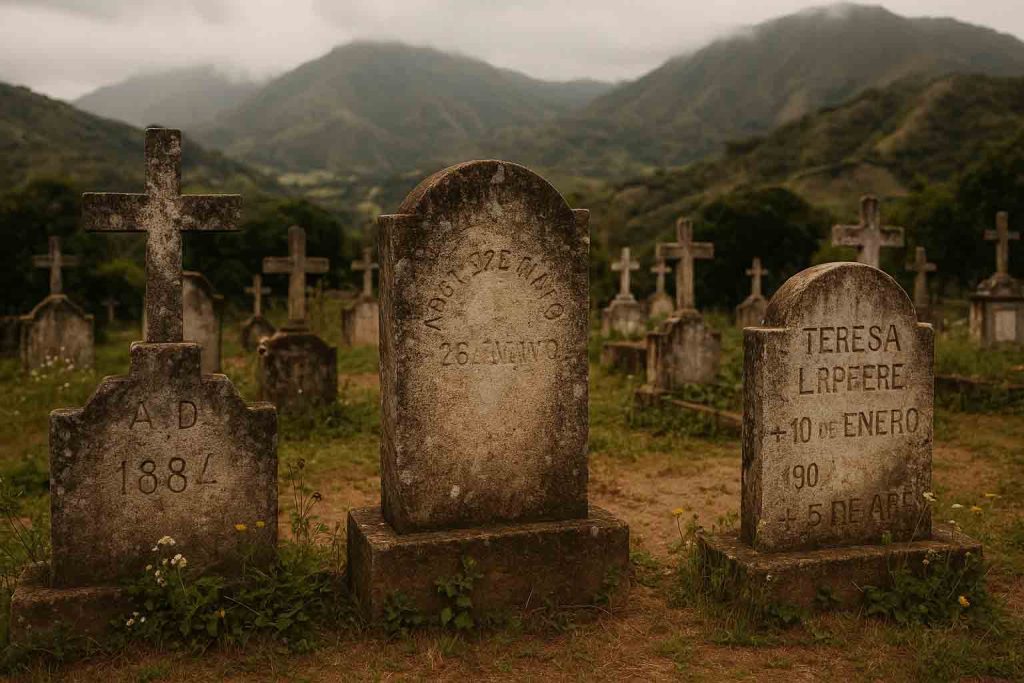
By the 1980s, as Vilcabamba Ecuador’s reputation as a longevity hotspot continued to grow, the scientific community began digging deeper into the extraordinary claims. This decade saw a series of follow-up studies that would challenge the narrative of extreme longevity that had put Vilcabamba on the world map.
Challenging the Longevity Myth
One of the most significant studies was conducted by Dr. Richard Mazess of the University of Wisconsin-Madison and Dr. Sylvia Forman of the University of California, Berkeley. Their research, published in the Journal of Gerontology, came to a startling conclusion: the claims of extreme longevity in Vilcabamba Ecuador were largely due to age exaggeration and record-keeping errors.
Mazess and Forman identified two primary sources of error in the previous longevity claims:
- Systematic age exaggeration by the villagers, which increased as they grew older
- Confusion caused by the widespread use of identical names in the small community, leading to misidentification in birth records
The Case of Miguel Carpio Mendieta
The researchers provided compelling examples of how age exaggeration occurred in Vilcabamba Ecuador. In one well-documented case, they cited Miguel Carpio Mendieta, who at age 61 in 1944 reported being 70, and by 1974, at the actual age of 91, claimed to be 127.
By cross-referencing baptismal records and other documentation, the researchers were able to establish that many of the “supercentenarians” were actually in their 90s—still impressive, but not the extraordinary ages that had been reported.
Persisting Popular Appeal
Despite these scientific findings, the narrative of Vilcabamba Ecuador as the “Valley of Longevity” remained popular in the public imagination. Travel writers continued to romanticize the area, and for many visitors, the story became less about verifiable facts and more about feeling—about reconnecting with something timeless and pure in this remote Andean valley.
This persistence of the longevity myth despite scientific evidence to the contrary highlights the powerful human desire to believe in places of extraordinary healing and renewal—a theme that continues to shape Vilcabamba Ecuador’s identity to this day.
The 1990s: Vilcabamba’s Transition and Growth
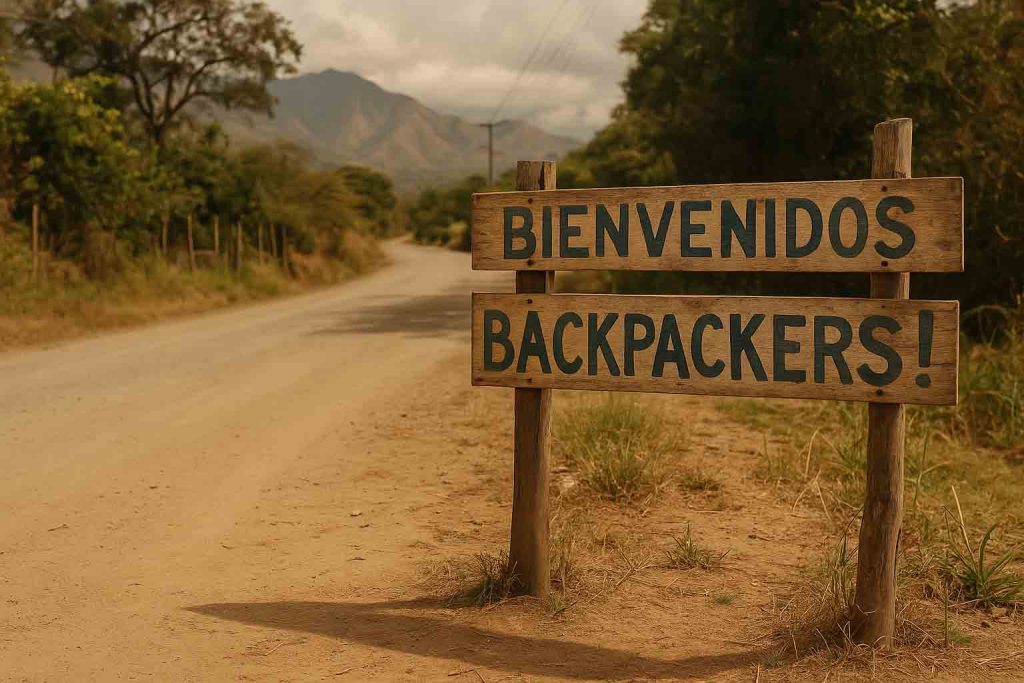
The 1990s marked a period of significant transition for Vilcabamba Ecuador. While the scientific debate about longevity had largely subsided in academic circles, the town’s reputation as a healthy and beautiful place to live continued to grow and evolve.
This decade saw the development of tourism infrastructure and a steady increase in the expatriate population, setting the stage for more dramatic changes to come.
Tourism Development
Tourism became an increasingly important part of Vilcabamba Ecuador’s economy during this period. Local businesses began to cater more to visitors, with new hotels, restaurants, and tour operators opening to serve the growing market.
The town’s natural beauty, pleasant climate, and reputation for healthy living continued to attract tourists from around the world, many seeking to experience the renowned Andean wellness traditions firsthand.
Growing Expatriate Community
The 1990s also saw a notable increase in the number of expatriates choosing to make Vilcabamba Ecuador their home. Many were drawn by the promise of a simpler, healthier lifestyle and the relatively low cost of living.
This influx of foreign residents began to change the demographic makeup of the town and influence its culture in both subtle and obvious ways.
Economic Changes
An anecdote from this period illustrates the changing dynamics in Vilcabamba Ecuador. Victor Macas, a 79-year-old lifelong resident, sold his land to an American buyer for “at least four times what he would have received from a local buyer.”
This windfall allowed Macas to start his own coffee roasting business, serving both locals and the growing number of foreign-owned cafes. His story demonstrates how the influx of foreign capital was creating new opportunities for some locals while simultaneously driving up land prices in ways that would eventually create tension.
Some locals prospered from these changes, finding new markets for their traditional products or skills. Others, however, began to feel economic pressure as property values rose.
Cultural Evolution
Culturally, Vilcabamba Ecuador experienced both enrichment and erosion during this period. While there were more opportunities for cultural exchange, traditional practices and community festivals began to compete with yoga workshops and imported ideologies.
The town was beginning to develop a unique hybrid culture that blended indigenous Andean traditions with international wellness practices and expatriate influences—a process that would accelerate in the coming decades.
2000-2010: Vilcabamba Ecuador as an Expat Haven
The first decade of the 21st century saw Vilcabamba Ecuador transform into a true expatriate haven. By some estimates, expatriates came to represent up to 20% of Vilcabamba’s population during this period. The demographic shift was profound for such a small, once-isolated community.
Expatriate Demographics
Many of the newcomers to Vilcabamba Ecuador were retirees from North America and Europe, drawn by the promise of a healthy lifestyle, beautiful surroundings, and a low cost of living compared to their home countries.
Others were younger individuals seeking an alternative lifestyle or a place to start businesses catering to the growing expatriate and tourist markets.
Cultural Dynamics
Bernie Uhe, a meditation teacher and building contractor from Southern California who had lived in Vilcabamba Ecuador for 15 years, provided insight into the changing demographics: “This town attracts lots of eccentric conspiracy theorists, New Ageists and people who don’t like the quality of life in the United States.”
Uhe noted that these different groups didn’t always get along with each other, let alone integrate smoothly with the local culture.
Real Estate Development
This period saw a boom in real estate speculation and development in Vilcabamba Ecuador. Foreign buyers invested in farms and villas, often displacing locals or driving up prices beyond what long-time residents could afford.
The changing landscape of Vilcabamba Ecuador was evident in developments like Hacienda San Joaquín, an upscale gated community catering to wealthy foreigners. Uhe, who had built many of the houses in this community, described properties selling for over $1.5 million, with grand atriums and all-glass walls offering incredible views of the valley.
Positive Contributions
Still, many expatriates brought positive contributions to Vilcabamba Ecuador: permaculture knowledge, alternative medicine practices, organic markets, and renewed global attention to Vilcabamba’s natural beauty.
Some focused on sustainable living practices and worked to build bridges between the expatriate and local communities, creating innovative models of cultural exchange and cooperation that would influence the town’s development in the coming years.
2010-Present: Transformation and Challenges in Vilcabamba
Over the past decade, Vilcabamba Ecuador has experienced deep and sometimes controversial shifts. Some areas are now majority foreign-owned, and the economy is largely driven by tourism, expatriate services, and wellness culture.
English has become increasingly common in local businesses, with some observers noting that it has overtaken Spanish as the primary language of business in parts of the town.
Demographic Changes
By the mid-2010s, some sources claimed that expatriates made up as much as 50% of the population in certain areas of Vilcabamba Ecuador. While these figures may be exaggerated, they reflect the dramatic demographic change that Vilcabamba has experienced.
The growing expatriate presence has profoundly altered both the economic and cultural landscape of this once-traditional Andean community.
Modern Challenges
With growth have come growing pains for Vilcabamba Ecuador:
- Environmental strain: Issues with water overuse, deforestation for construction, and poor waste management systems strained to accommodate growth
- Cultural dilution: Disappearing local traditions and younger generations leaving for cities rather than maintaining agricultural practices
- Social division: A widening gap between wealthy foreigners and struggling locals, creating tension within the community
- Economic stratification: The emergence of a “gringo economy” with prices for goods and services often higher than in other parts of Ecuador
Recent Events
The COVID-19 pandemic brought new challenges to Vilcabamba Ecuador, disrupting tourism, forcing many businesses to close temporarily or permanently, and causing economic hardship for those dependent on the tourism industry.
At the same time, it renewed interest in rural living among people seeking to escape crowded urban environments, potentially attracting new residents to Vilcabamba.
In 2023-2024, Ecuador’s crackdown on drug cartel activity introduced additional complications for Vilcabamba Ecuador, including road checks, curfews, and border restrictions.
While many support these security measures for the long-term stability they aim to provide, the added restrictions made tourism less predictable and hurt local businesses already struggling to recover from pandemic-related losses.
Community Response
Local leaders and community organizers in Vilcabamba Ecuador now advocate for sustainable tourism initiatives and community-led development to prevent irreversible loss of culture and land.
There is growing recognition that preserving what makes Vilcabamba special requires balancing growth with environmental and cultural conservation—a challenge that requires cooperation between longtime residents and newer arrivals.
Vilcabamba Ecuador in the Global Consciousness
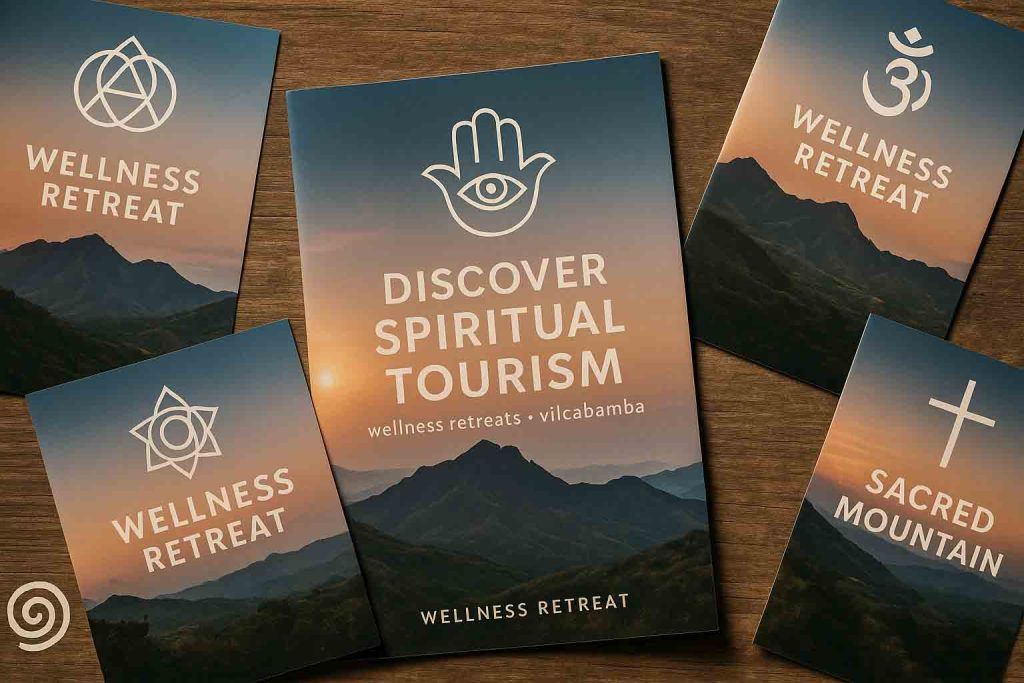
Vilcabamba Ecuador has become more than just a town—it’s a symbol that resonates far beyond its physical boundaries. To some, it represents the myth of eternal youth; to others, a beacon of holistic living or an example of alternative community building.
It has been featured in travel documentaries, spiritual blogs, wellness magazines, and even startup brands seeking credibility through proximity to “ancient wisdom.”
Social Media Presence
On social media, hashtags like #VilcabambaEcuador, #VilcabambaVibes, #LongevityValley, and #MandangoMystery promote everything from vegan cafes to energy healing retreats. Meanwhile, platforms like YouTube and Substack host expatriates chronicling their off-grid lifestyles and spiritual journeys in this Andean community.
Cultural Fusion
The town’s reputation continues to attract a diverse array of visitors to Vilcabamba Ecuador—from weekend tourists and digital nomads to serious researchers and those seeking healing. Local festivals showcase this cultural fusion, with traditional Ecuadorian celebrations now existing alongside newcomer-initiated events like farmers’ markets, art exhibitions, and meditation retreats.
During festivals like Carnaval or the Feast of San Pedro, one might see traditional Andean dancers performing alongside expatriate musicians, creating unique cultural hybrids that reflect Vilcabamba Ecuador’s evolving identity.
Business Transformation
Several prominent Vilcabamba Ecuador establishments illustrate how tourism has shaped the town. Le Rendez-Vous, a French restaurant opened by an expatriate chef, specializes in fusion cuisine that incorporates local ingredients into international dishes.
Hostería Izhcayluma, operated by German expatriates, offers yoga classes, massage therapy, and hiking tours alongside traditional accommodation. These businesses create employment for locals while introducing new elements to the cultural landscape.
Symbolic Significance
The image of Vilcabamba Ecuador is multifaceted: part utopia, part cautionary tale about the effects of rapid change and globalization on small communities. For those considering a visit or move, Vilcabamba offers a lesson in balance—between growth and respect, innovation and preservation, welcoming newcomers while honoring those who have tended the land for generations.
Visiting Vilcabamba Ecuador Today

For those interested in experiencing Vilcabamba Ecuador firsthand, the town offers a unique blend of natural beauty, cultural richness, and wellness opportunities. Here’s what visitors can expect when exploring this famed Andean destination in 2025.
Getting to Vilcabamba Ecuador
Most visitors arrive in Vilcabamba Ecuador via Loja, the nearest major city. From Loja, it’s approximately a 45-minute drive along a scenic mountain road. Public buses run regularly between Loja and Vilcabamba, offering an affordable option for travelers.
Many hostels and hotels in Vilcabamba Ecuador can also arrange private transportation from Loja or the Catamayo Airport. For more detailed travel planning, the Ecuador Ministry of Tourism provides updated transportation information.
Accommodation Options
Accommodation options in Vilcabamba Ecuador range from budget-friendly hostels to luxurious eco-lodges:
- Hostería Izhcayluma: A popular mid-range option with spectacular views, a restaurant, pool, and yoga classes
- Madre Tierra Resort & Spa: Offering upscale accommodations focused on wellness and sustainability
- Hostería El Descanso: A family-run establishment with a more traditional Ecuadorian atmosphere
- Rumi Wilco Ecolodge: For nature enthusiasts, offering rustic cabins within a private nature reserve
Many smaller guesthouses and Airbnb rentals are also available throughout the valley, often at very reasonable prices compared to North American or European destinations.
Activities and Experiences
Vilcabamba Ecuador offers numerous activities for visitors interested in nature, wellness, and culture:
Nature and Adventure:
- Hiking the Mandango trail for panoramic views of the valley
- Exploring Podocarpus National Park, a biodiversity hotspot
- Horseback riding through mountain trails
- Bird watching (the region hosts hundreds of species)
- Swimming in natural river pools
Wellness:
- Yoga classes offered at several centers in Vilcabamba Ecuador
- Massage and alternative healing treatments
- Participation in traditional temazcal (sweat lodge) ceremonies
- Sampling local organic produce at the Sunday market
- Guided medicinal plant walks with local experts, similar to our herbal medicine traditions article
Cultural Experiences:
- Visiting the central plaza of Vilcabamba Ecuador, especially on Sunday when markets are busiest
- Taking Spanish or Quichua language classes
- Learning traditional cooking methods
- Participating in community festivals (check local calendars)
- Visiting local coffee and sugarcane farms
Cultural Sensitivity Tips
When visiting Vilcabamba Ecuador, it’s important to remember that despite the significant expatriate presence, this is still an Ecuadorian community with its own traditions and customs. Respectful tourism includes learning basic Spanish phrases, asking permission before photographing people, dressing modestly, and supporting local businesses.
Visitors should also be mindful of the complex social dynamics at play in Vilcabamba Ecuador. The relationship between locals and expatriates is multifaceted, with both cooperation and tension. Being aware of this context helps travelers navigate Vilcabamba with sensitivity and respect.
Practical Travel Information
- The best time to visit Vilcabamba Ecuador is during the dry season (June to September)
- ATM access is limited; bring sufficient cash
- Spanish is the primary language, though English is increasingly common in tourist-oriented businesses
- Altitude adjustment may be necessary for some visitors
- Ecuador uses the US dollar as its currency, simplifying transactions for North American visitors
Frequently Asked Questions About Vilcabamba Ecuador
Is Vilcabamba Ecuador really the Valley of Longevity?
While scientific studies have debunked claims of extreme longevity in Vilcabamba Ecuador, the area does offer a healthy lifestyle with clean air, nutritious food, and low stress that contributes to wellbeing. The original claims of people living to 120+ years have been disproven, but many residents do enjoy active lives well into their 80s and 90s.
What is the best time to visit Vilcabamba Ecuador?
The dry season (June to September) offers the best conditions for visiting Vilcabamba Ecuador, with pleasant temperatures and clearer skies for hiking and outdoor activities. However, the “eternal spring” climate means Vilcabamba is comfortable year-round, with temperatures typically ranging from 65°F to 82°F (18°C to 28°C).
How do I get to Vilcabamba Ecuador?
Most travelers reach Vilcabamba Ecuador by first flying into Quito or Guayaquil, then taking a domestic flight to Catamayo Airport near Loja. From Loja, it’s a 45-minute drive or bus ride to Vilcabamba. Some visitors also arrive via bus from other Ecuadorian cities or from Peru.
Is it safe to visit Vilcabamba Ecuador?
Vilcabamba Ecuador is generally considered safe for tourists, with lower crime rates than larger Ecuadorian cities. However, standard travel precautions are advised, such as not displaying valuables and being aware of your surroundings. Recent government efforts to combat drug cartels have increased security measures throughout Ecuador.
What makes Vilcabamba Ecuador special compared to other Andean towns?
Vilcabamba Ecuador stands out for its unique combination of natural beauty, mild climate, international community, and wellness focus. Unlike many other Andean towns that remain largely traditional or have developed primarily for mainstream tourism, Vilcabamba has evolved into a cultural crossroads where traditional Andean practices meet global wellness trends.
Conclusion
Vilcabamba Ecuador’s journey from Incan retreat to global curiosity to expatriate enclave highlights both the allure and risks of fame. The longevity claims that initially put the town on the map may have been scientifically debunked, but the emotional truth of a healthy, connected life rooted in beautiful natural surroundings remains potent and continues to draw visitors and new residents.
In 2025, Vilcabamba Ecuador stands at a crossroads. Will it deepen its commitment to ecological stewardship and cultural preservation? Or will it become another overdeveloped wellness destination that has lost connection with its roots?
The answer may lie in returning to the very principles that have sustained the region for centuries: reciprocity (ayni), respect for nature (Pachamama), and intergenerational wisdom passed down through families and communities. If longevity means living well, living consciously, and living in community, then Vilcabamba Ecuador still has much to teach the world.
The story of Vilcabamba Ecuador serves as a fascinating case study in the effects of globalization and migration on small, once-isolated communities. It raises important questions about sustainable development, cultural preservation, and the search for alternative lifestyles in an increasingly interconnected world.
As travelers, researchers, or potential residents, our responsibility is to approach this special place with respect for its history, its environment, and the people who have called it home for generations.
This article is part of our Cultural Heritage series exploring traditional Andean communities. For more information about traveling to Ecuador, check our Seasonal Guides and Andean Trail Kitchen’s upcoming scouting trip to the Peru in August 2025.
